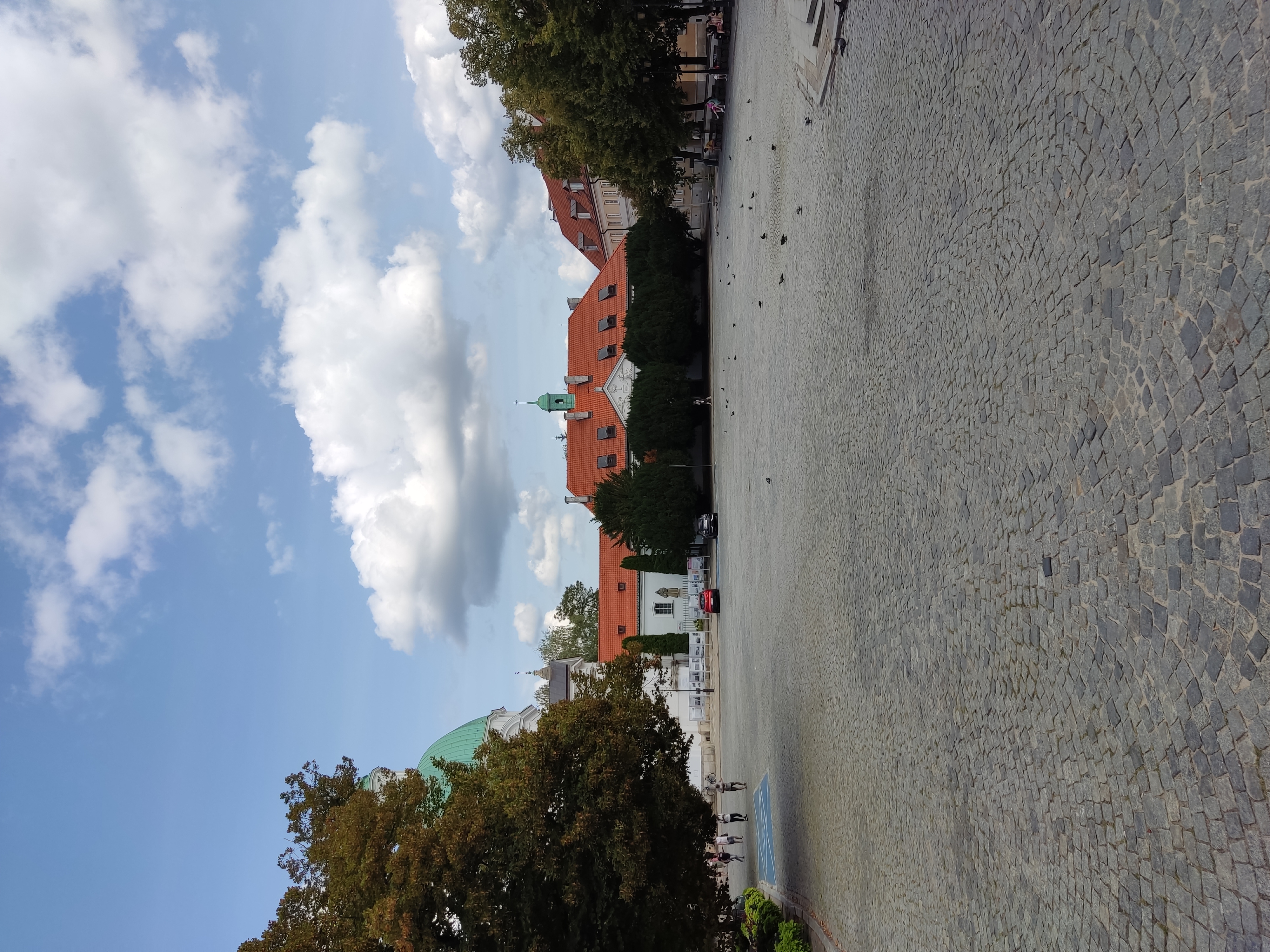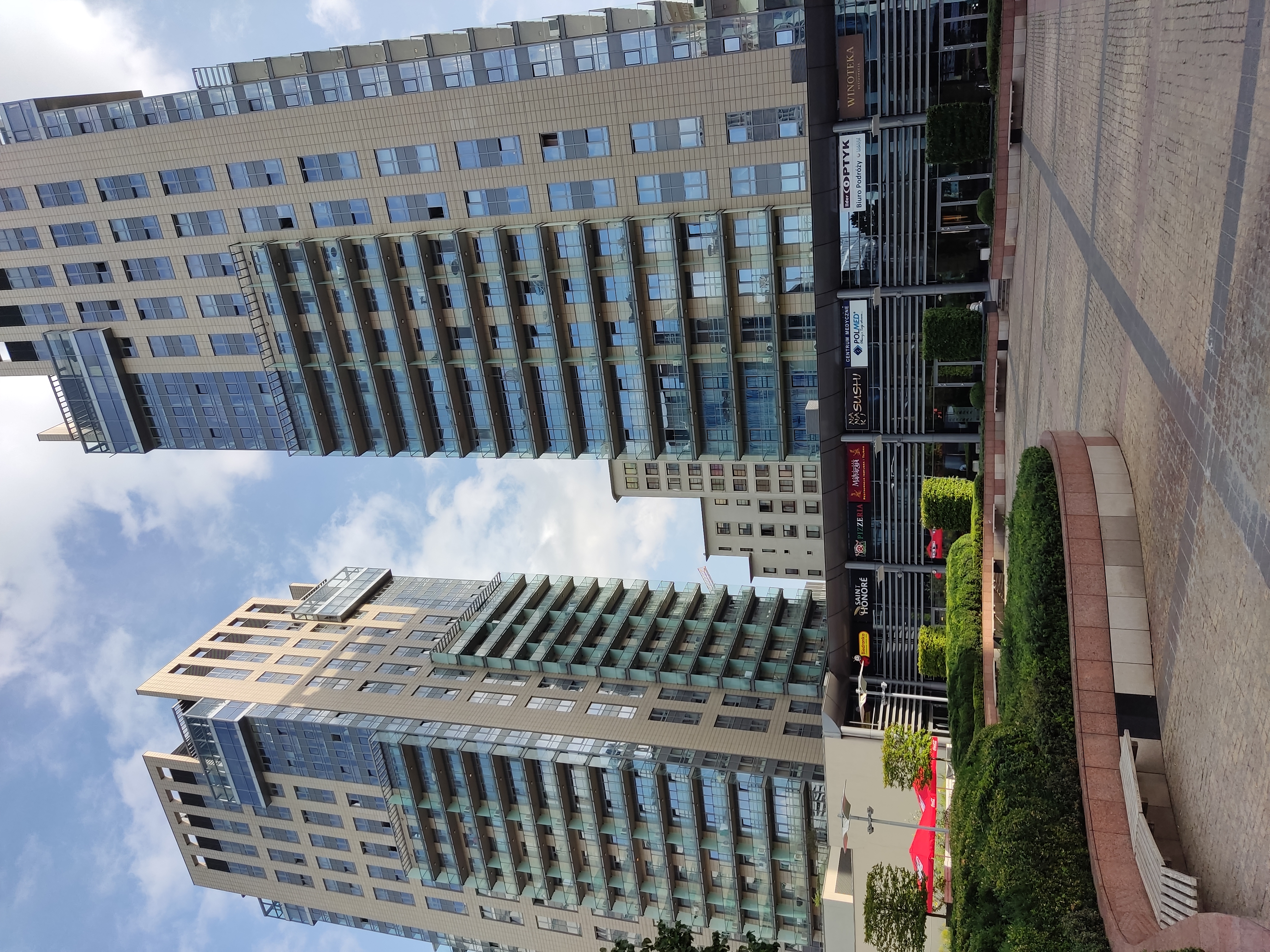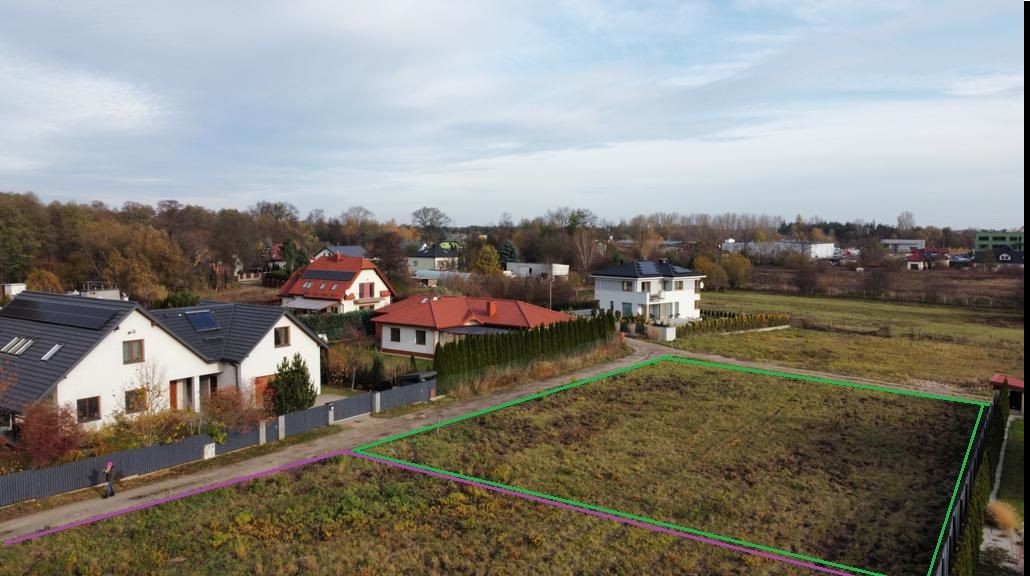Nowe Miasto

Nowe Miasto is one of the most amazing and historical districts in Warsaw, Poland. The name "New City" is misleading, one would think that it was built relatively recently. In fact, this is one of the oldest historical districts in Warsaw, which has a rich and exciting history.
Nowe Miasto is part of Warsaw that encourages walking. It is associated with many famous historical figures, there is a multimedia fountain park, you can see interesting churches and other sights.
First, some official data:
Nowe Miasto, formerly Nowa Warszawa, is a residential neighborhood and MSI district in the Śródmieście district of Warsaw. As a microdistrict of the capital, Nowe Miasto is also classified in TERYT - National Official Register of the Territorial Division of Poland (No. 0919849).
Boundaries of the microdistrict "Nowe Miasto" Municipal information system MSI: Railway line on the street. Słomińskiego (border between the districts Żoliborz/Śródmieście) - Bonifraterska - Długa - Mostowa - Boleść - the course of the Vistula to the north up to the height of the Gdańskiego bridge (along the border of the districts Śródmieście/Praga-Północ).
History of Nowego Miasta:
We will have to go back to the XIV - XV centuries to find out about the origins of Nowego Miasta. In the 14th century, limited by defensive walls, Warsaw became too small for a settlement. In 1408 Duke Janusz I of Mazovia the Elder founded the city and opened the land for settlement. The goal was to create a city that would become a strong economic and cultural center. The prince granted Nowej Warszawie a privilege, excluding it from the jurisdiction of the mayor Starej Warszawy. Thus, she received a city charter.
This territory included Rynek Nowego Miasta, Freta, Kościelną, Koźlą, Przyrynek, Starą and Zakroczymską streets. There was already a church św. Jerzego (usual canon).
In 1409 Duke Janusz and his wife Danuta Anna founded the parish church Nawiedzenia Najświętszej Marii Panny.
Nowa Warszawa, which was created, became completely independent from Starej Warszawy, it had its own mayor, council, town hall and market square. Nowe Miasto was gradually transformed into a trading and craft center, which attracted various craftsmen and artisans. In Nowej Warszawie, people lived much poorer than the inhabitants of Starego Miasta, so most of the buildings in Nowego Miasta were wooden for a long time. Due to lack of money, the city did not have city defensive walls.
Like Stara Warszawa, Nowa Warszawa was based on Chełmno's law. The coat of arms of the city was a girl with a unicorn on her hind legs - today she can be seen on the well at rynku nowomiejskim.
In 1414 Nowa Warszawa received its own self-government.
By the end of the 15th century, the construction of the parish church for the New Town was completed.
In 1527, a year after the annexation of the Mazowiekiego principality with Warsaw to the Korony Królestwa Polskiego, Sigismund I the Old confirmed the old privilege de non tolerandis Judaeis of the Mazovian princes, which forbade Jews to live in Starej and Nowej Warszawie.
In the middle of the 16th century, urban development was already compact; according to the data for 1546, there were 204 estates here. Other churches were later built: Kazimierza (sakramentek) and św. Franciszka (franciszkanow). The first Warsaw bridge, the Zygmunta Augusta Bridge, was built in Nowym Mieście. It existed in the years 1573-1603, when it was demolished by a flood.
Most of the city's buildings were destroyed during the Swedish flood.
Wooden buildings in Nowym Mieście existed for a very long time, only in the 18th century tenement houses in the classicist style gradually appeared, and the layout of the city changed, the market square was partially built up.
Nowa Warszawa was incorporated into the city complex of Warsaw in 1791. In 1818, the town hall was demolished as unnecessary.
In the 19th century, the area around the market square changed little. However, the northern edge of Nowego Miasta has changed significantly. After the defeat of the November Uprising, all buildings north of st. Konwiktorskiej was demolished for the Cytadeli esplanade. Then two of the five forts were erected in its place: Legionów (Władimira) and Traugutta (Aleksieja). After 1918, the Traugutta and Kusocińskiego parks were laid out in these territories, the building of the Polish Printing House of Securities (Polskiej Wytwórni Papierów Wartościowych) and the żoliborski Viaduct, which is part of the new Bonifraterska Street, were built.
The area survived until World War II as largely Jewish, full of Baroque and Classicist tenements. However, he remained on the sidelines of city life. Also below the slope, along Rybaki and Bugaj streets, there were tenement houses and factories.
Most of Nowego Miasta's buildings were destroyed during World War II.
After the war, the district was rebuilt until 1954, but less carefully than the Old Town, and modern apartment buildings were erected on the site of a significant part of the destroyed buildings. Profitable houses below the slope were not rebuilt; a park was arranged here, now known as the I Dywizji Pancernej square.
The reconstruction of Nowego Miasta with the market place was completed on 1 September 1956.
On September 20, 2008, a memorial plaque dedicated to the 600th anniversary of the founding of Nowej Warszawy as a separate city was unveiled at Rynku Nowego Miasta.
Walking along the streets of Nowego Miasta, you can see wonderful houses built in different styles, wonderful churches that stand majestically next to the narrow pedestrian streets. The Nowego Miasta location still has a unique architectural style that reflects its historical significance.
Historical monuments and places of interest in the New Town of Warsaw:
New Town Square (Rynek Nowego Miasta)
Raczynski Palace (Pałac Raczyńskich)
Sapechow Palace (Pałac Sapiehów)
Palace Sherakowskiego (Pałac Sierakowskiego)
Polonia Stadium (Stadion Polonii Warszawa)
Bridge Gate (Brama Mostowa)
Well (Zdrój) Królewski or Zdroj Stanisław August (Zdrój Królewski w Warszawie)
Street Freta (Ulica Freta)
Street Dluga (Ulica Długa)
Street Mostova (Ulica Mostowa)
Lyszkiewicza apartment building (Freta 16 street)
Polish Securities Printing House (Polska Wytwórnia Papierów Wartościowych)
Fort Legion of the Warsaw Citadel
Fort Traugutta of the Warsaw Citadel (Fort Traugutta Cytadeli Warszawskiej)
Romualda Traugutta Park (Park im. Romualda Traugutta)
Multimedia Fountain Park (Multimedialny Park Fontann)
Museum of Maria Sklodowska - Curie (Muzeum Marii Skłodowskiej-Curie, Freta 16 street)
Historical churches of the New Town:
Kościół Nawiedzenia Najświętszej Marii Panny (st. Przyrynek 2)
Kościół św. Kazimierza (Rynek Nowego Miasta 2)
Kościół św. Ducha (st. Nowomiejska / Długa)
Kościół św. Jacka (st. Freta 10)
Kościół św. Franciszka Serafickiego (st. Zakroczymska 1)
Костёл św. Jana Bożego (st. Bonifraterska 12)
Kościół św. Benona (st. Piesza 1)
Let's tell you more about Rynke Nowe Miasto - a square located in Nowym Mieście in Warsaw:
The market square was created at the turn of the 14th and 15th centuries as the central point of the newly located city, adjoining Starej Warszawy from the north. At the beginning of the 16th century, the Market Square was built up with wooden houses, most of which burned down during a fire in 1544. From about 1497, a wooden town hall stood on the Market Square, which was replaced with a brick one in the 1730s. Further damage to the buildings occurred during the Swedish occupation in 1656–1657.
Until 1800, most of the buildings were already brick. In 1818, the town hall was demolished, as Warsaw became a unified city. In the second half of the 19th century, the Market Square finally changed its former appearance. In 1868, two of its facades were officially renamed into streets by building up the northern part of the square: part of the western facade became a continuation of Freta Street, and the northern one became a continuation of Kościelnej Street.
In 1944, the buildings on the Market Square were almost completely destroyed.
After the war, special attention was paid to the reconstruction of the eastern facade of the Market Square and the apartment buildings of the western facade, which is part of Freta Street. The tenements on the south façade and the sloping north façade are mostly loose reconstructions referring to the classicist forms of the eighteenth century. The market also features a variety of levels. The reconstruction of the Market Square and the entire New Town was completed on September 1, 1956.
In the southwestern part there is an eclectic cast-iron well of the second half of the 19th century, installed here around 1957, on top of which is the Nowego Miasta coat of arms - a lady with a unicorn.
The most famous buildings of Nowego Miasta Market Square are:
Rynek Nowe Miasto 5/7. In the yard of the apartment house there was a cinema "Wars".
Rynek Nowe Miasto 4. Kajetan Yurkovski's apartment building. Built in 1784. One of the few in Nowym Mieście survived World War II virtually untouched. Rebuilt 1954–1955 Decorated with frescoes by Bogdan Urbanovich.
st. Freta 29. Kubasiewicz's apartment building, named "Pod Okiem Opatrzności". It was built around 1775 by architect Yakub Fontana. Partially demolished 1944. Rebuilt 1951–1954.
st. Freta 31. Jan Alfons Jasiński's tenement house, named "Wójtowską" after the tenement house that used to be on the site. It was built in 1821 by the architect Frederic Albert Lessel. Rebuilt 1951–1954
st. Freta 35. Tenement house of Franciszek Salvador, built in the middle of the 18th century. Rebuilt 1951–1954
st. Freta 37. Adam Kopanka's apartment building. It was built in 1778 by architect Shimon Bogumil Zug. Rebuilt 1951–1954
Nowe Miasto Warsaw is not just a district, it is a real living history that continues to embody the cultural and historical richness of Warsaw. The charm of old streets and buildings blending with modern amenities and living makes it a unique place to live, visit and explore. Nowe Miasto invites everyone to walk through its history and feel its soul, to see how a rich historical heritage lives and breathes in every corner.
And although there are not so many residential buildings, each of them has a soul and modern living conditions. If you decide to find a property in the historic district of Nowe Miasto in Warsaw, our company OKEASK will be happy to help you with this.
Blog

Sales of real estate in Poland by the largest developers in the third quarter of 2023
Sales of real estate in Poland by the largest developers in the third quarter of 2023


The first skyscrapers in Warsaw
Among the first skyscrapers in Warsaw are the following 3 high-rise buildings (PAST building, 1910, height 51.5 m; Hotel Warszawa 1933, 66 m; Palace of Culture and Science 1955, 237 m).





